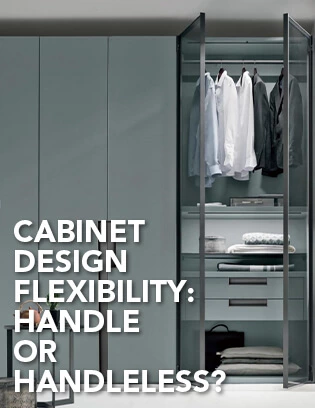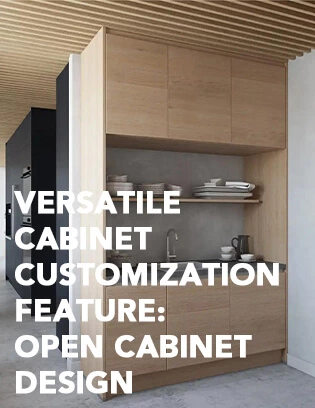Handleless Cabinet Designs in Modern Homes
Cabinets are essential furniture in every household. There are small ones like sideboards and shoe cabinets, and larger ones like wardrobes and kitchen cabinets. With the rise of minimalism, cabinets, which are frequently found in everyday homes, are quietly undergoing changes. Cabinets are returning to their functional roots, becoming more simplistic. However, in pursuit of aesthetic appeal, handleless cabinets are becoming a popular trend.
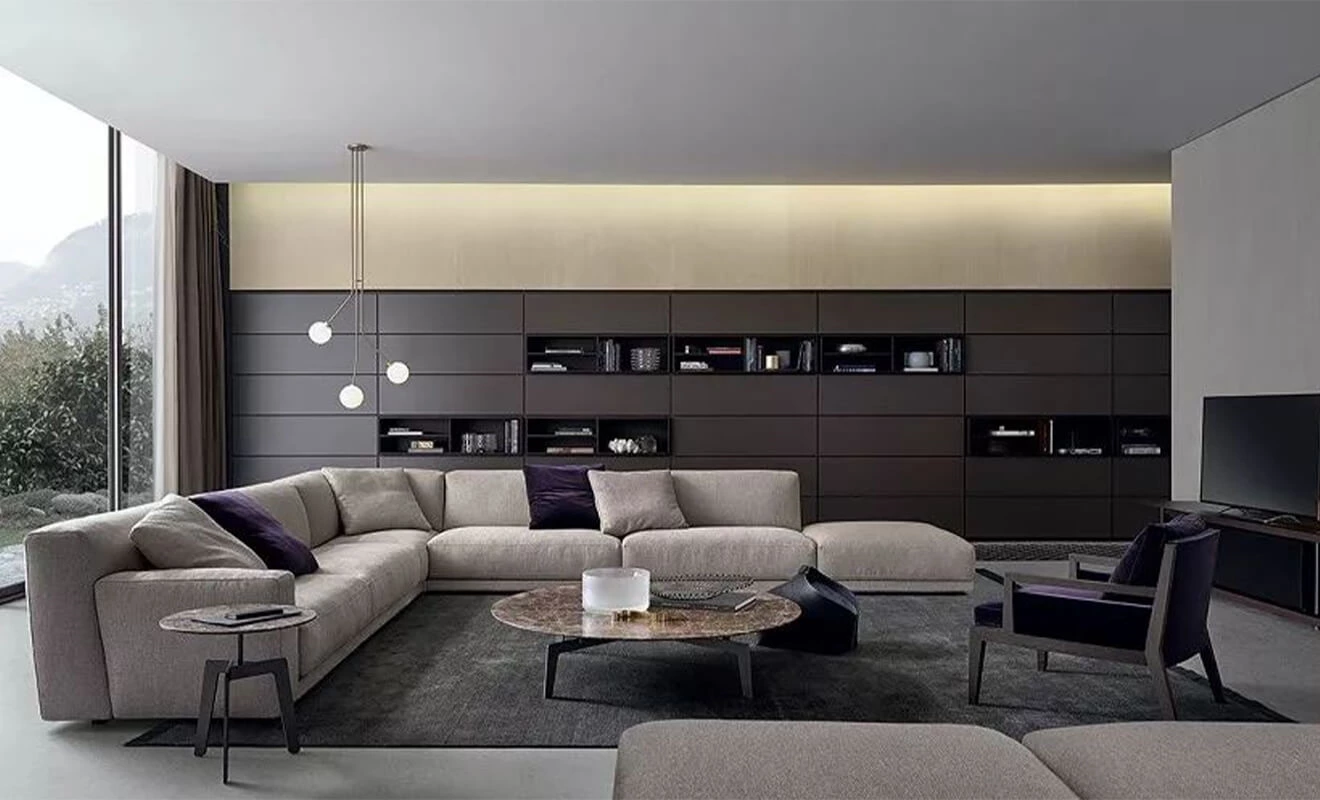
Handleless cabinets have clean and sleek facades without unnecessary decorations. They eliminate the hassle of choosing handles and the integrated design easily creates a cohesive and impressive overall effect.
Entryway Handleless Cabinet
In the entryway, cabinets typically combine elements like wardrobes, shoe benches, and storage cabinets to meet the needs of storing temporary clothing, shoes, and other household items. By abandoning handle designs, the entrance hall appears cleaner and more organized.
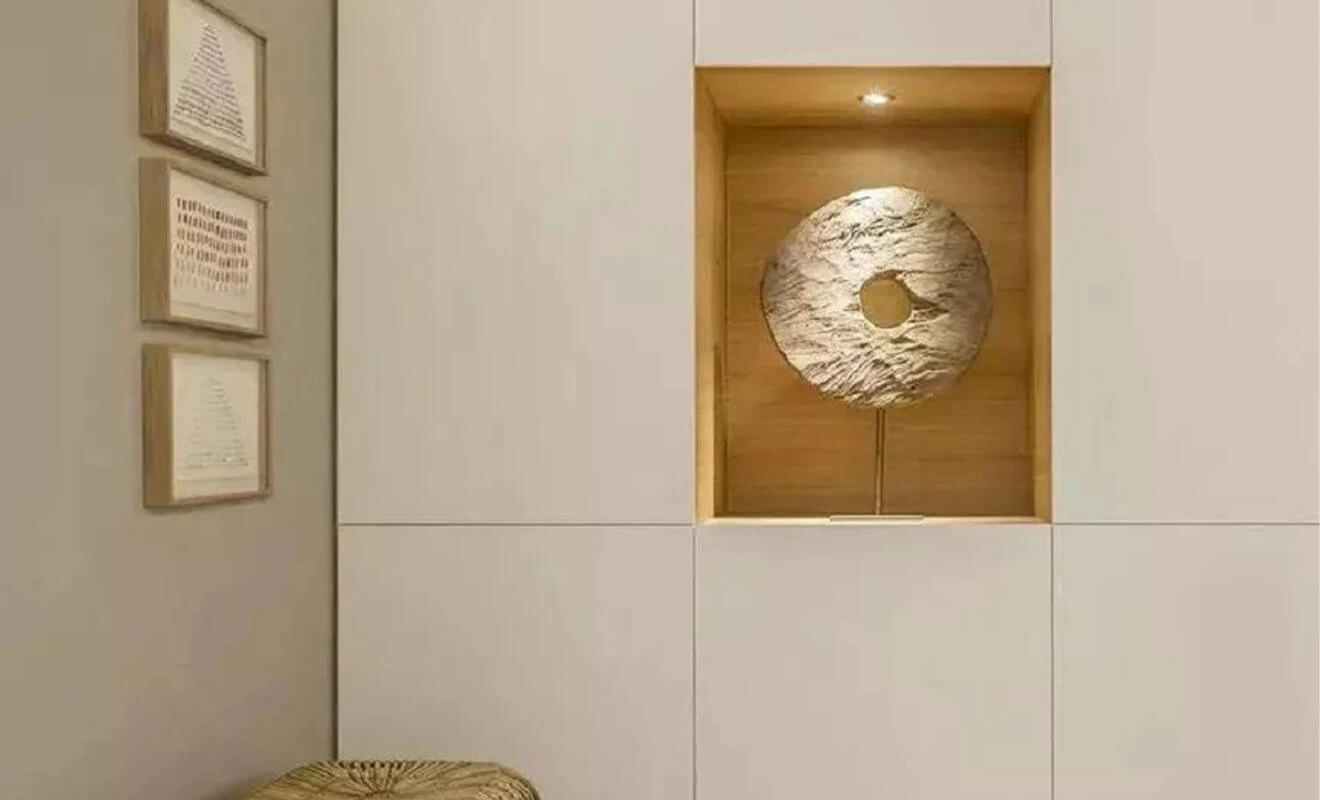
Living Room Handleless Cabinet
The living room is the face of a home, and proper storage can make it more spacious and tidy. Therefore, cabinets are indispensable for the living room.
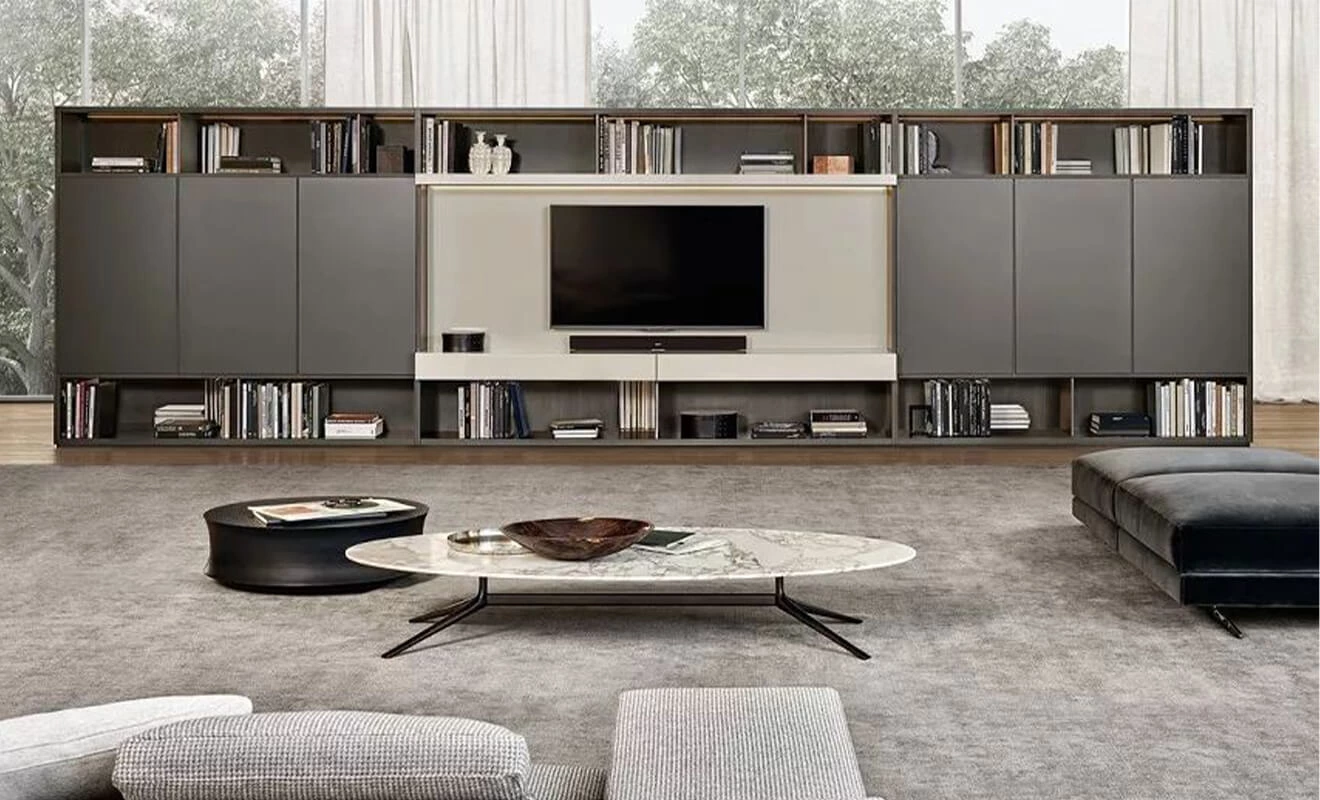
To maximize storage capacity, the TV wall and TV cabinet can be combined into one unit. Handleless TV cabinets not only accommodate small items but also make full use of every inch of wall space, effectively improving the utilization of the entire living room.
Kitchen Handleless Cabinet
Handleless kitchen cabinet design has gained great popularity as it offers a sleek and modern aesthetic that well blend with any home. Handleless kithen cabinets get rid of traditional handles and present a clean and uncluttered appearance, which gives a sense of spaciousness and provide a smooth flow throughout the kitchen. The design also contributes to safety by minimizing the risk of accidentally bumping into protruding handles.
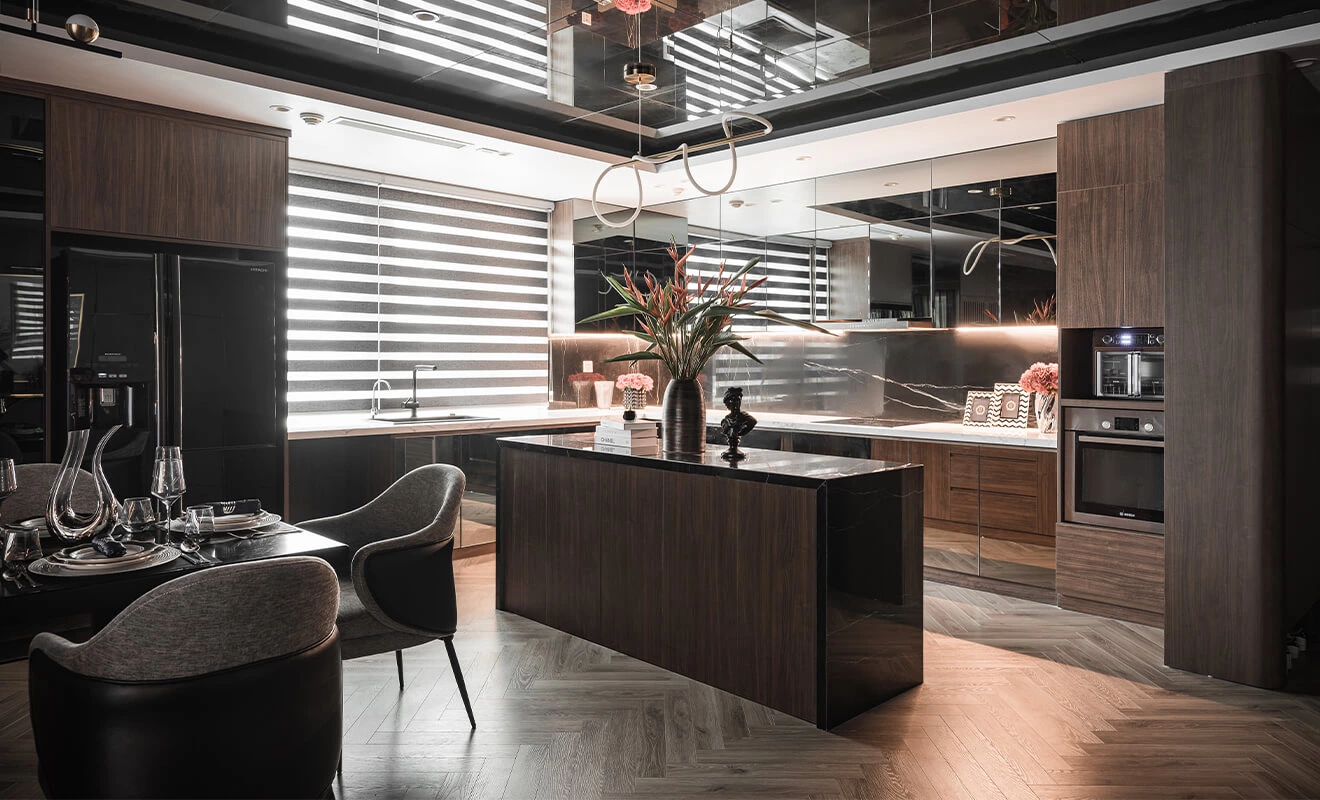
Bedroom Handleless Cabinet
In the bedroom, cabinets mainly refer to wardrobes. A handleless wardrobe that combines functionality and aesthetics not only enhances the comfort of the sleeping space but also showcases taste and sophistication.
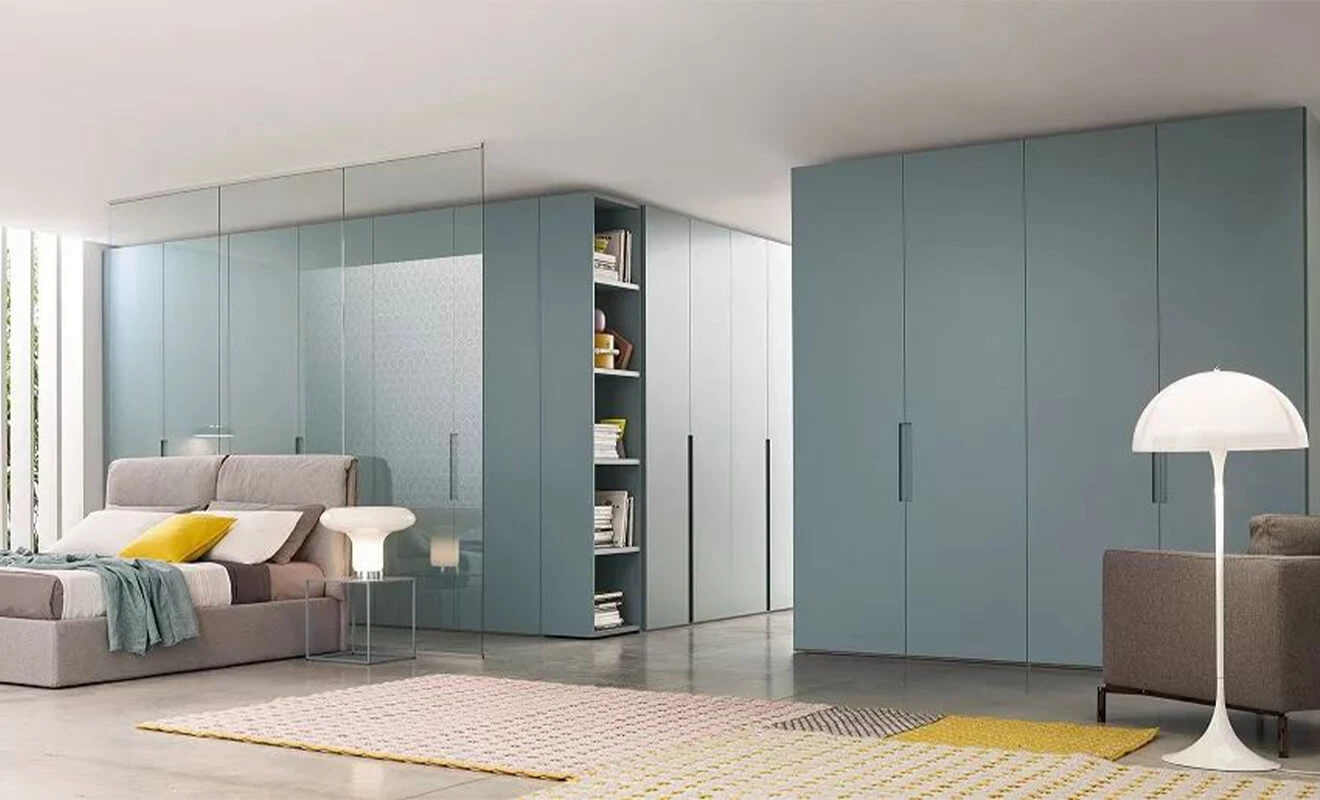
Ceiling-to-floor wardrobes, without handles, can seamlessly blend with the wall, creating a flatter and more comfortable visual effect.
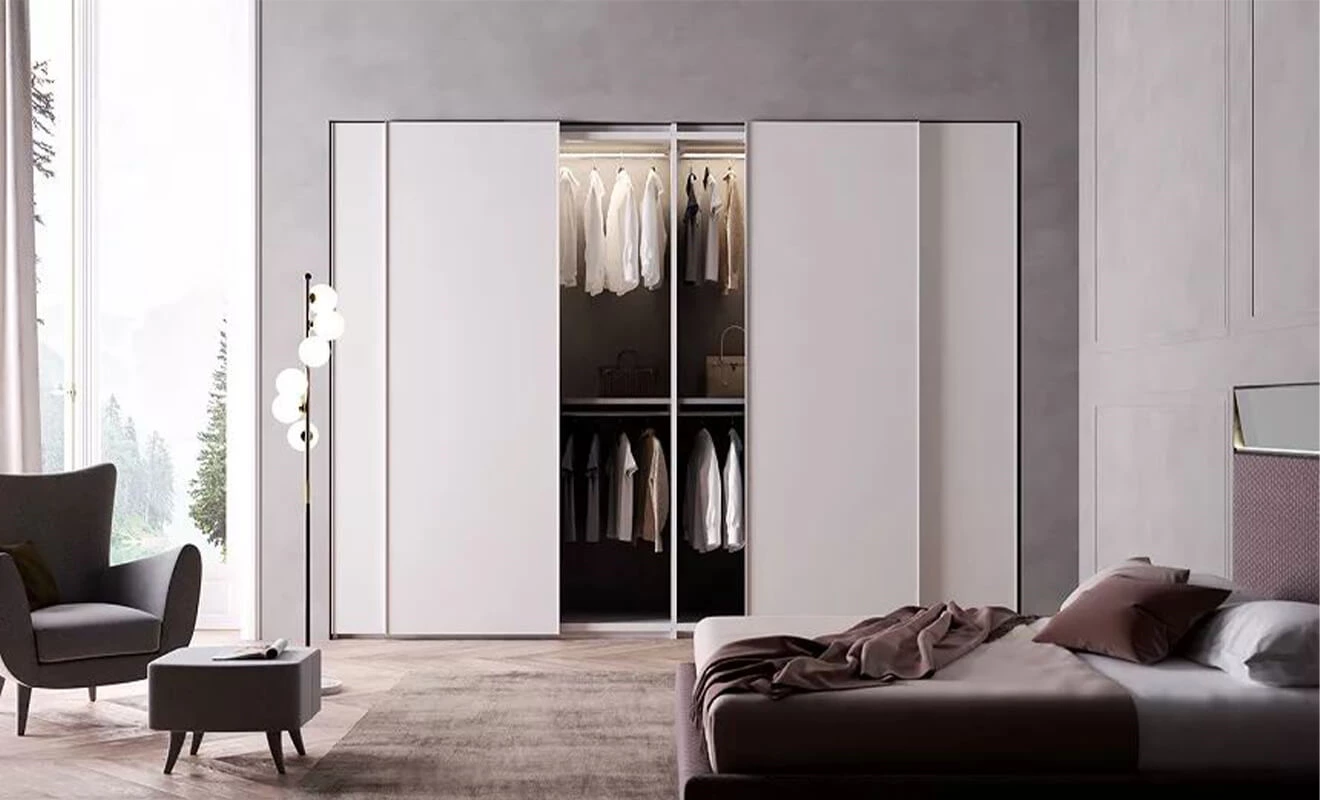
If handles are not desired, leaving a gap of about 2 centimeters between doors allows fingers to reach in and easily open the doors, solving this issue.
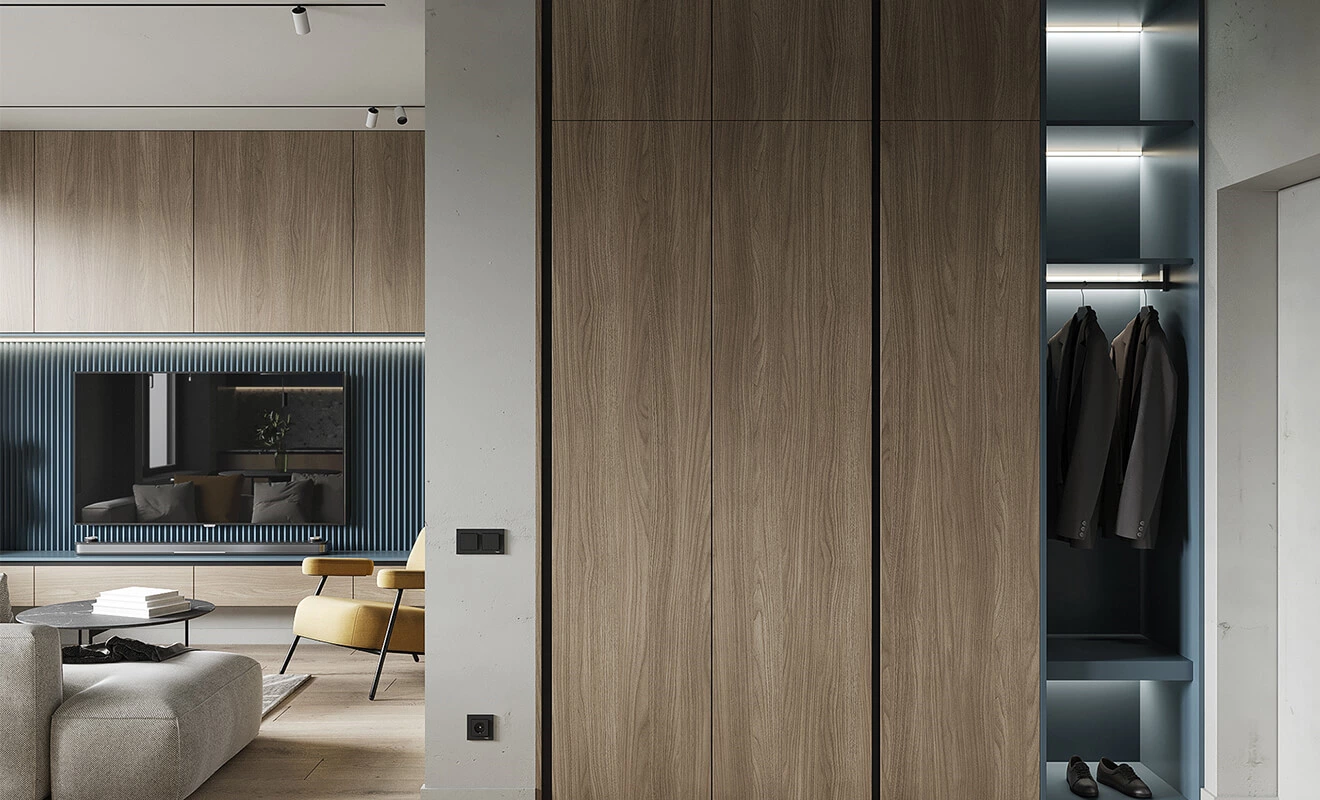
Rebound devices are also a popular approach. Instead of installing visible handles, corresponding hardware accessories are placed on the back of the cabinet doors. They automatically open and close with a simple press.
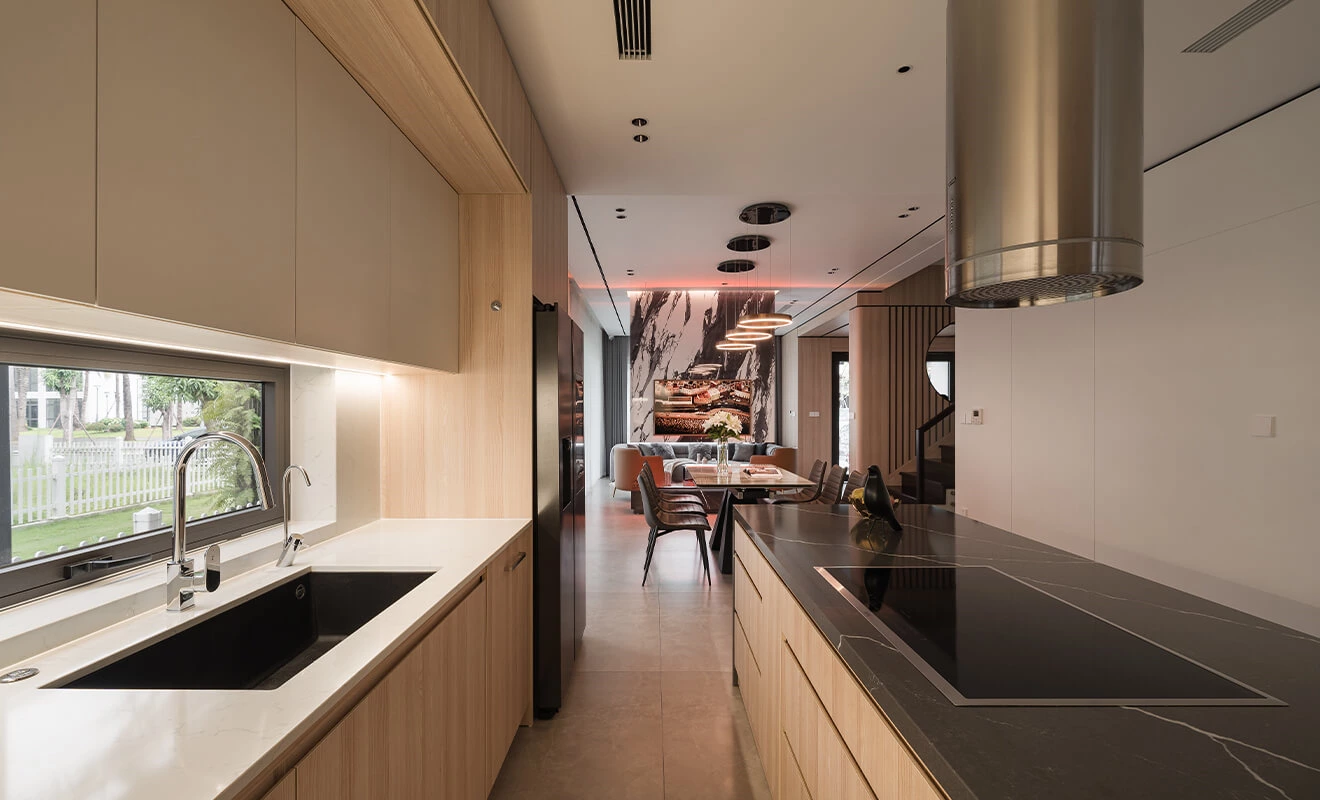
Many seemingly handleless cabinets cleverly hide or weaken the presence of door handles. For example, sculpting handle shapes on the door panels or chamfering the lower edge of the door panels. This not only facilitates opening the cabinet doors but also caters to minimalist enthusiasts.
